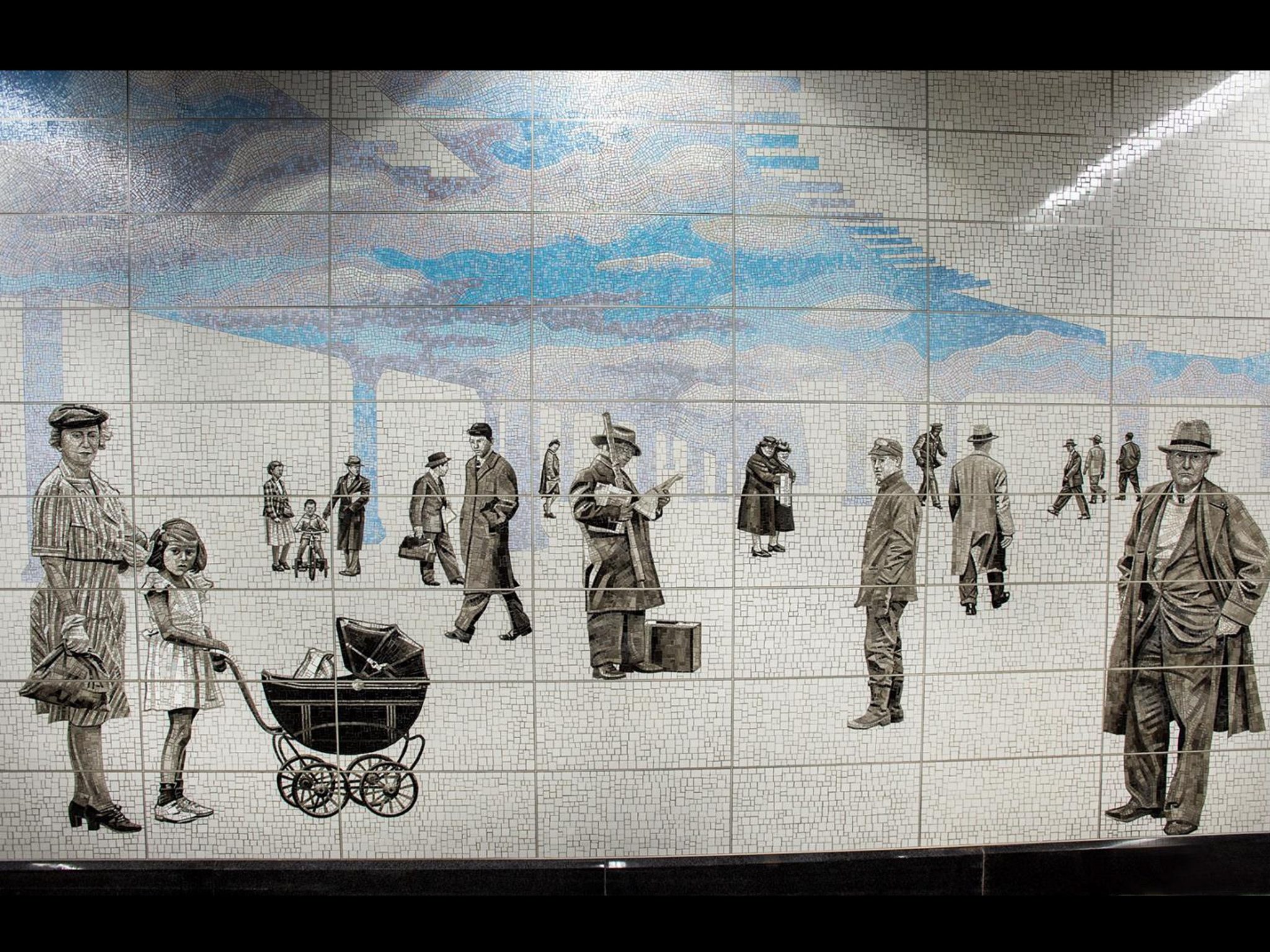
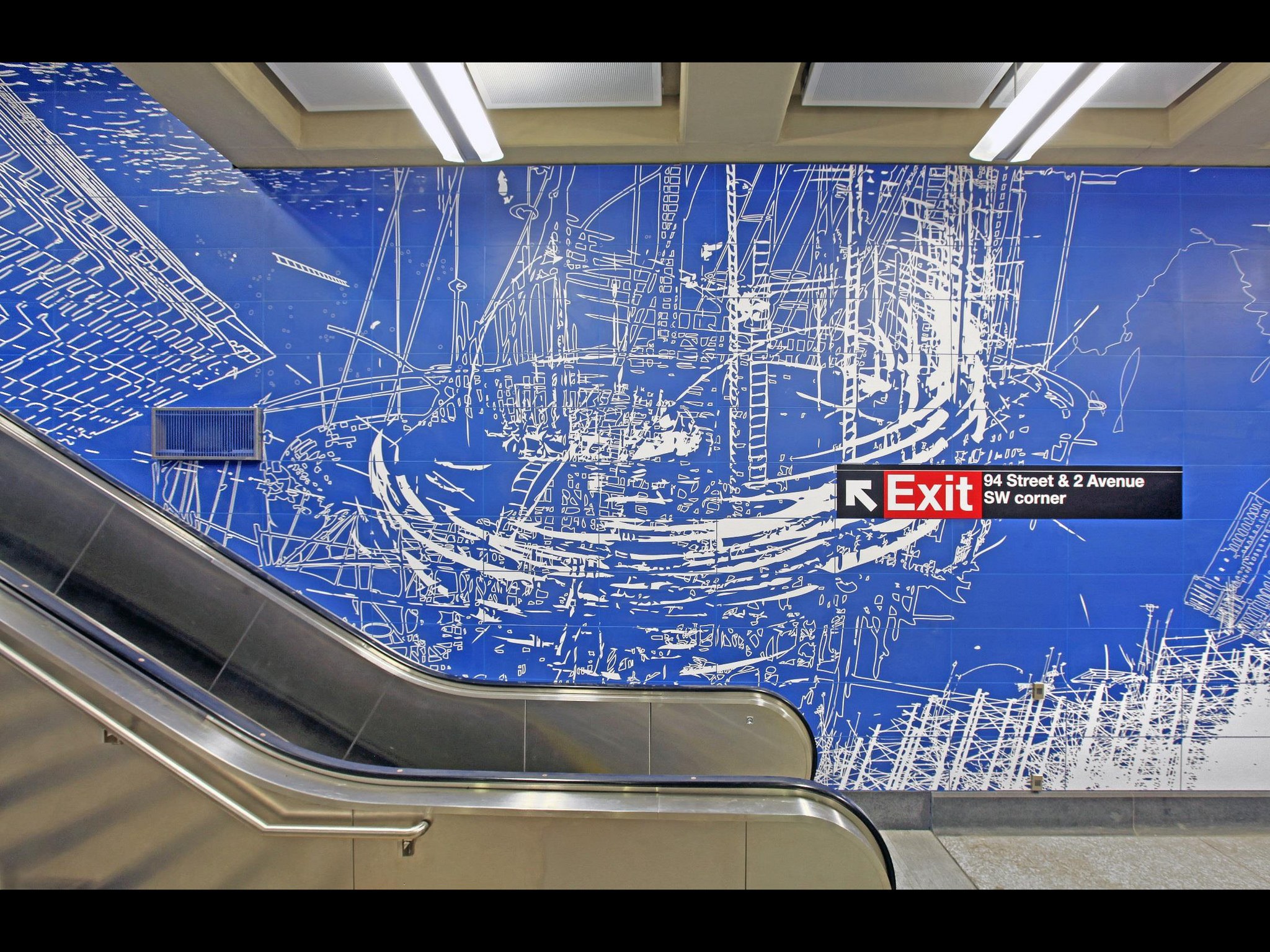
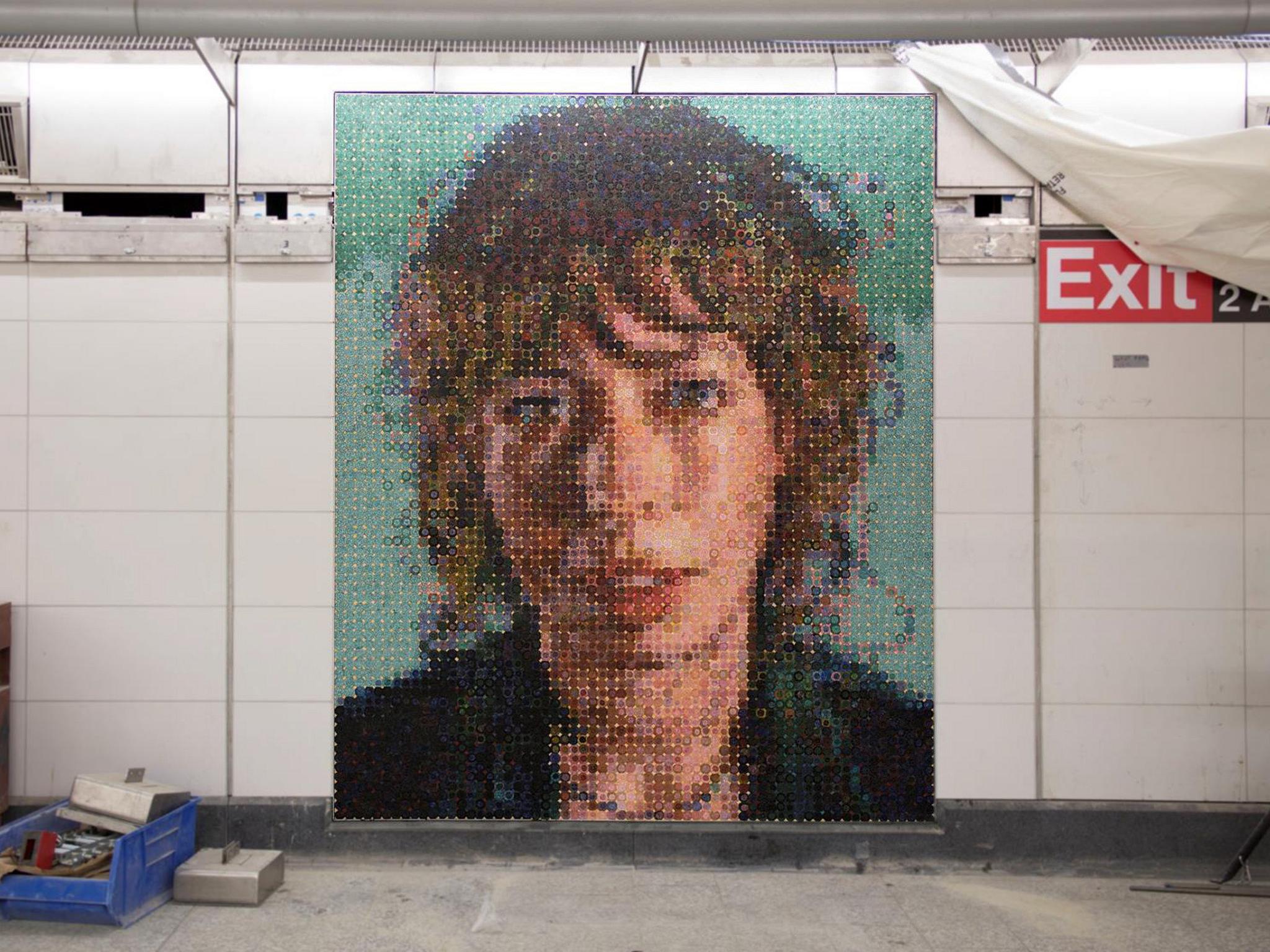
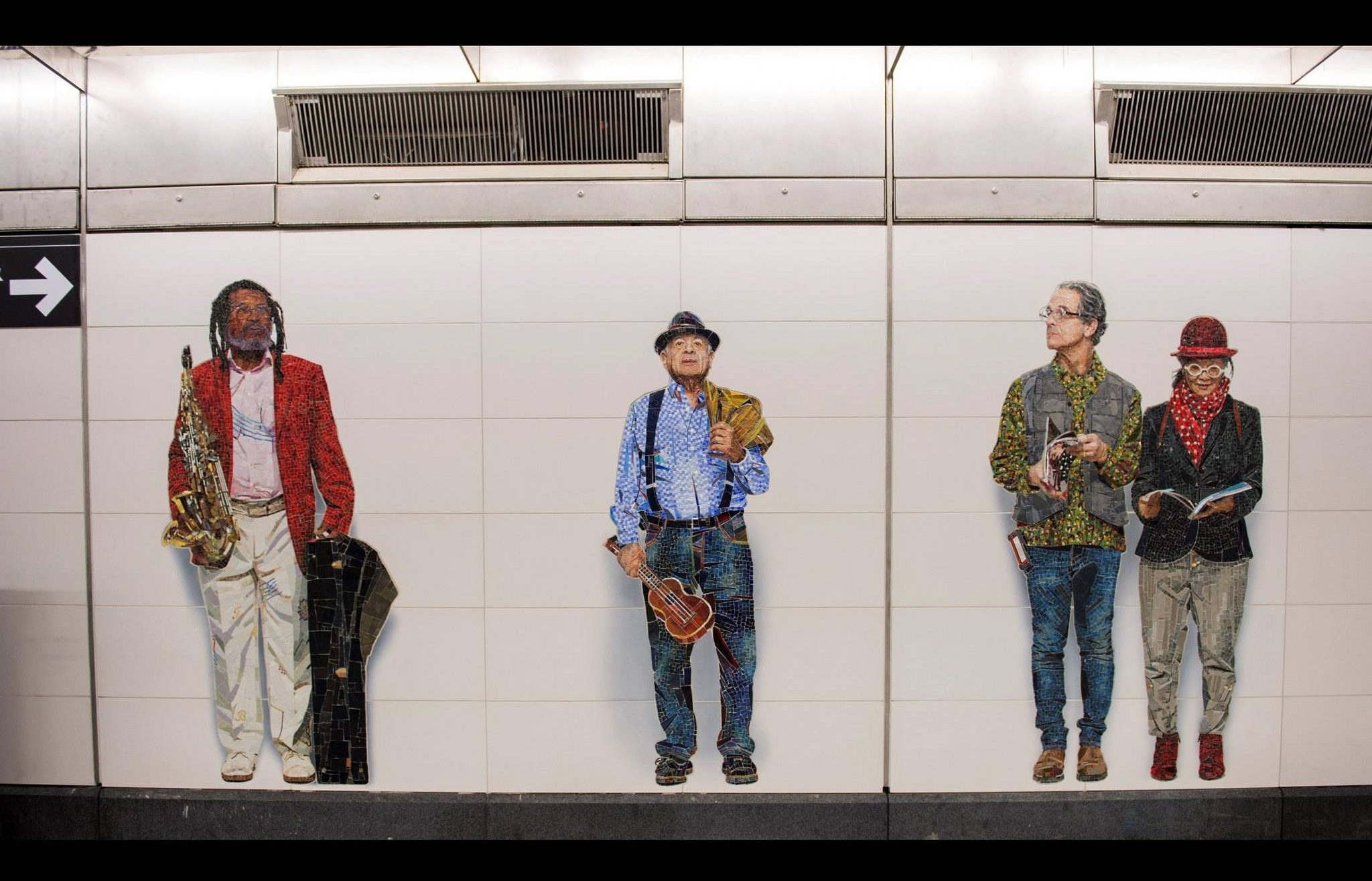
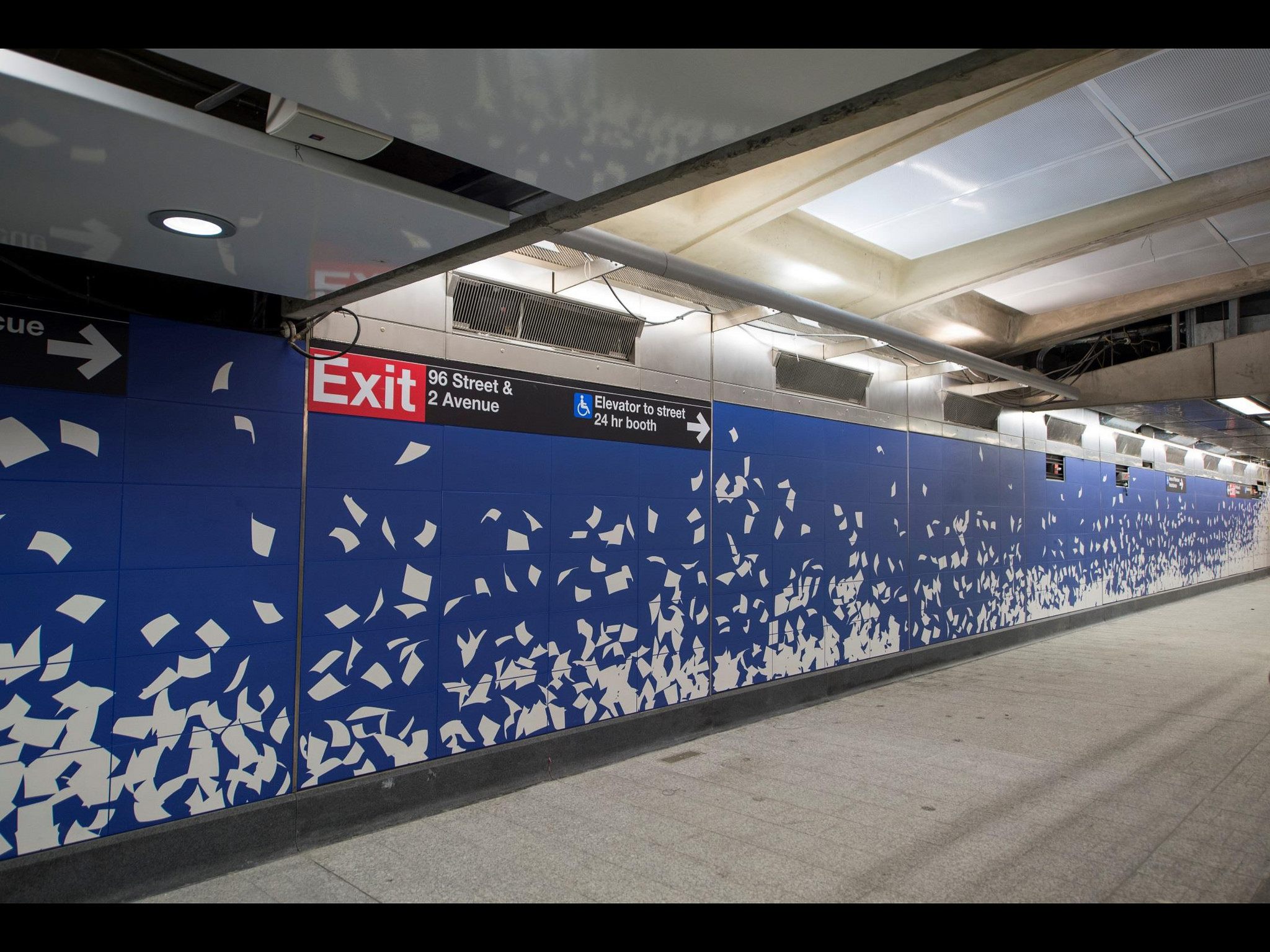
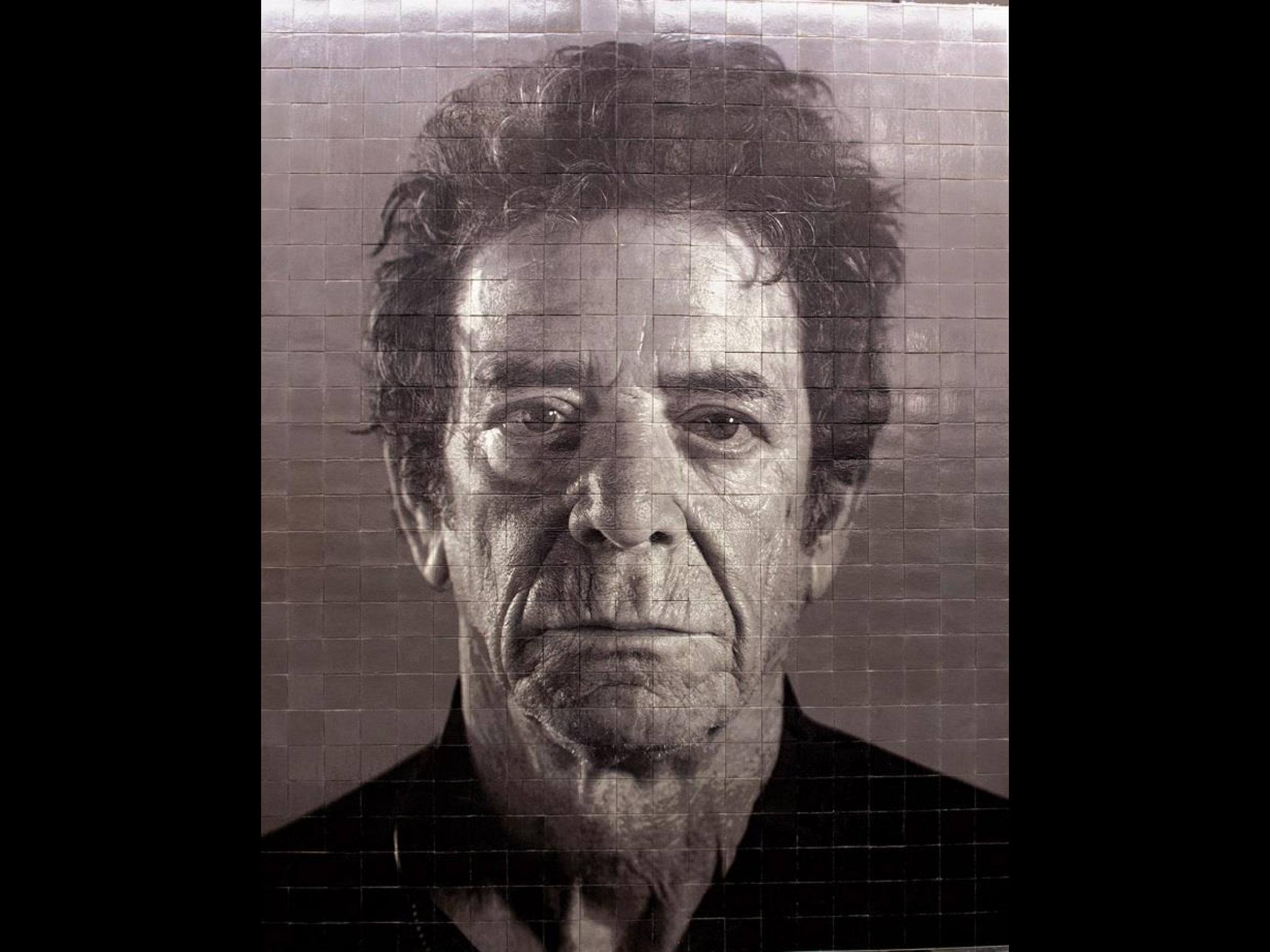
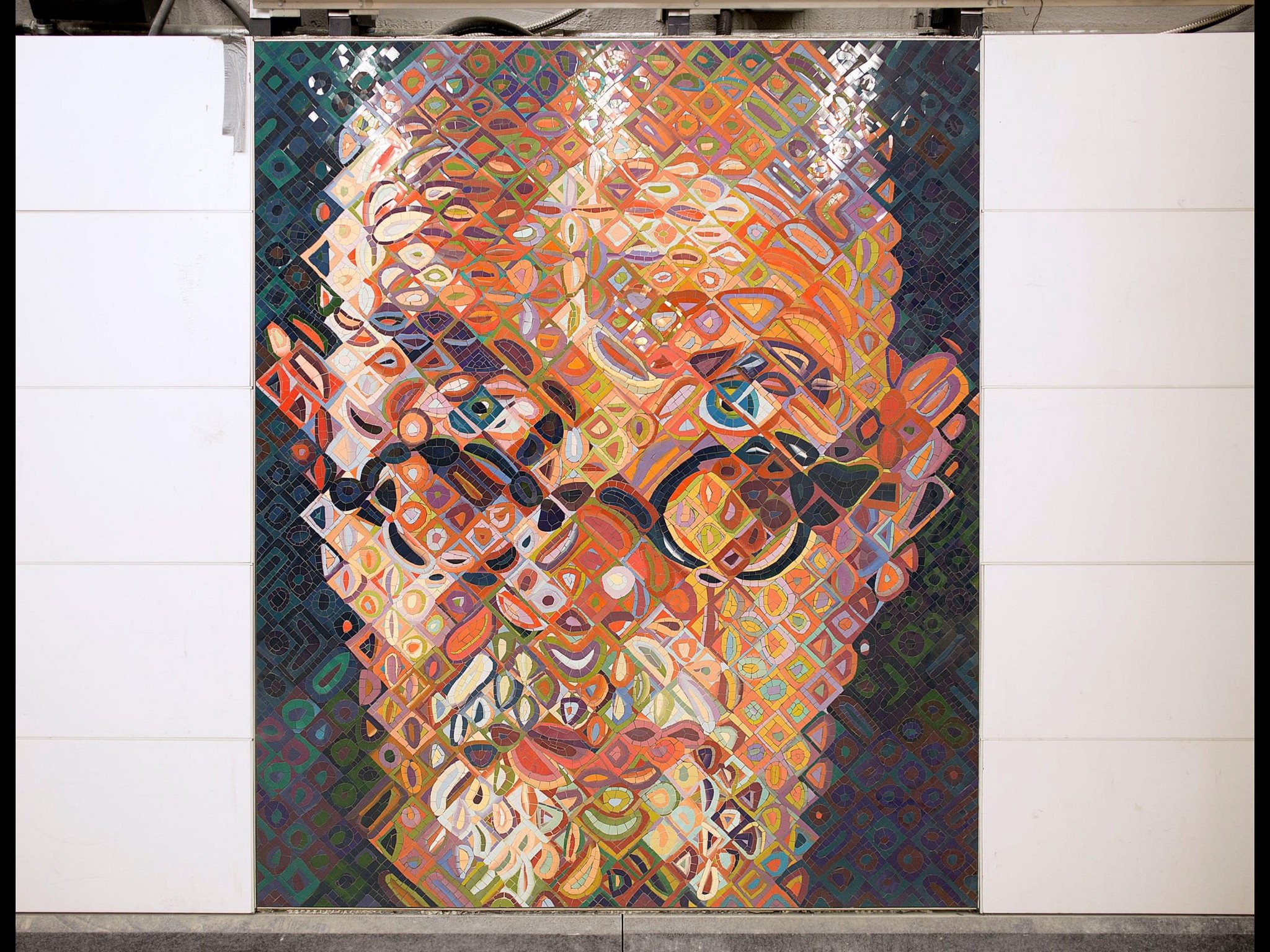
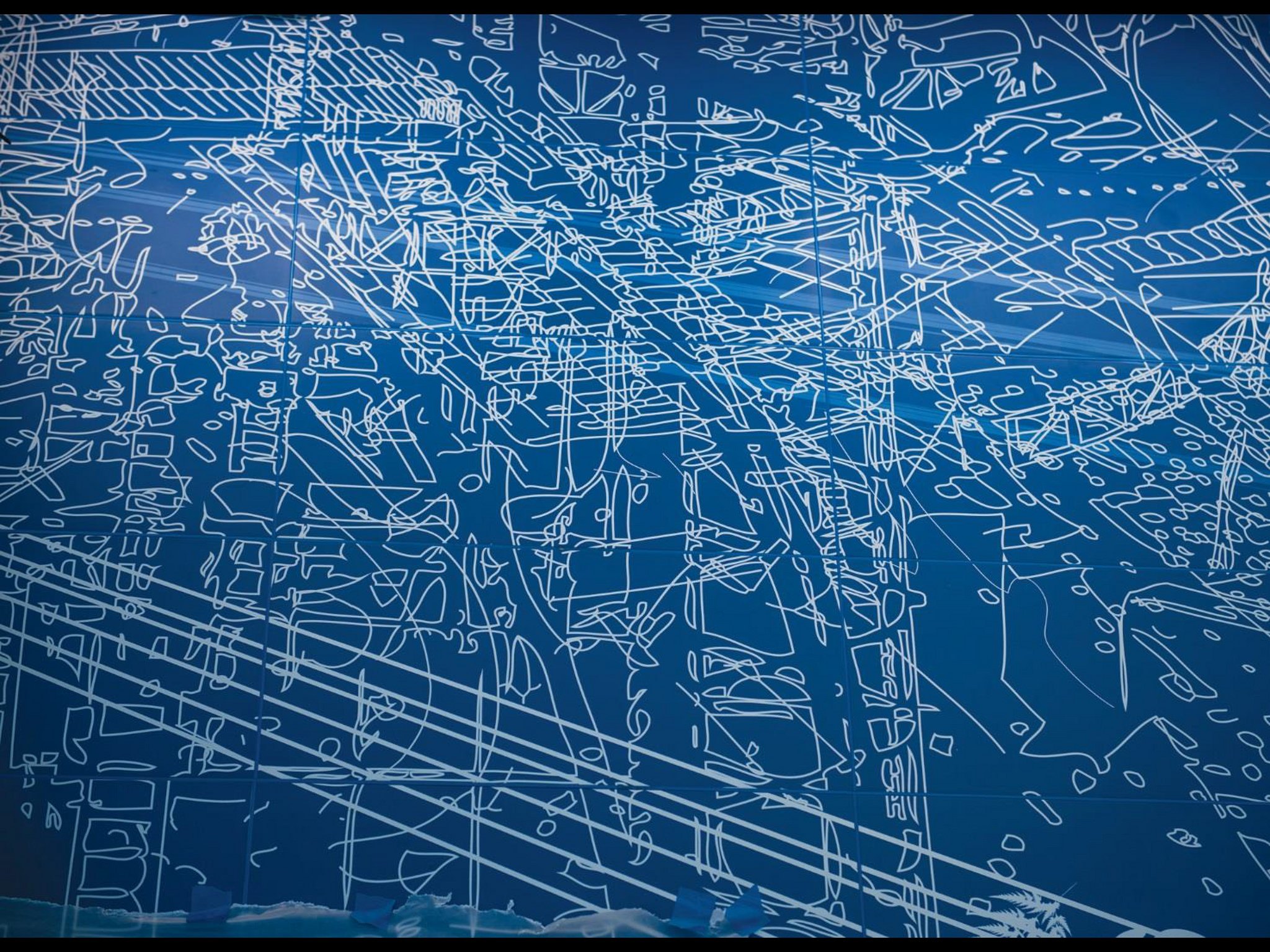
If a sparkling new line isn’t cause enough to celebrate, once the Second Avenue Subway opens on January 1st, 2017, millions of New Yorkers will also be treated to several stretches of world-class art while navigating the 96th, 86th, 72nd, and 63rd Street stations. As the Times first reports, the MTA has poured $4.5 million into beautifying the stations with contemporary tile artworks by famed names Chuck Close, Sarah Sze, Vik Muniz, and Jean Shin.
While art seems like the last thing the cash-strapped MTA should be spending on, as the paper writes, the agency sees the project as means to “put the aesthetic front and center again in a way that evokes the ambition of the city’s first subway stations.” Indeed, integrating ornamentation like mosaics, stained glass, and tiled ceilings was once as important as laying down tracks. A prime example: the City Hall Station, which opened in 1904. Moreover, the undertaking reveals an effort by the MTA to make New York’s subway stations architectural destinations rather than just public utilities, something that’s at the center of transit design in Asia and Europe.
“At some point government adopted an attitude that its job was to build things that were functional but unattractive and unappealing,” Governor Cuomo said in a statement to Times. “But that’s not how it has always been, and it’s not how it should be.”
At today’s unveiling Cuomo added, “… while we were doing public works it was about an expression of who we were, what we believe, and was an impression and a gesture communicating that we have a character of society. Every public work was also artwork and also an educational experience. A child who had never walked into a museum or never walked into an art gallery, if they just walked around the streets of New York, they would be exposed to the art, education, and culture just by being a New Yorker, and that is where we came from and what made New York special.”
The four artists were chosen by the MTA Arts & Design, the agency’s art department, from a pool of 300-plus applicants. Each was given a station as a blank canvas. The project is the city’s largest permanent installation

